LEARNING THE LESSONS FROM THE VENDÉE GLOBE
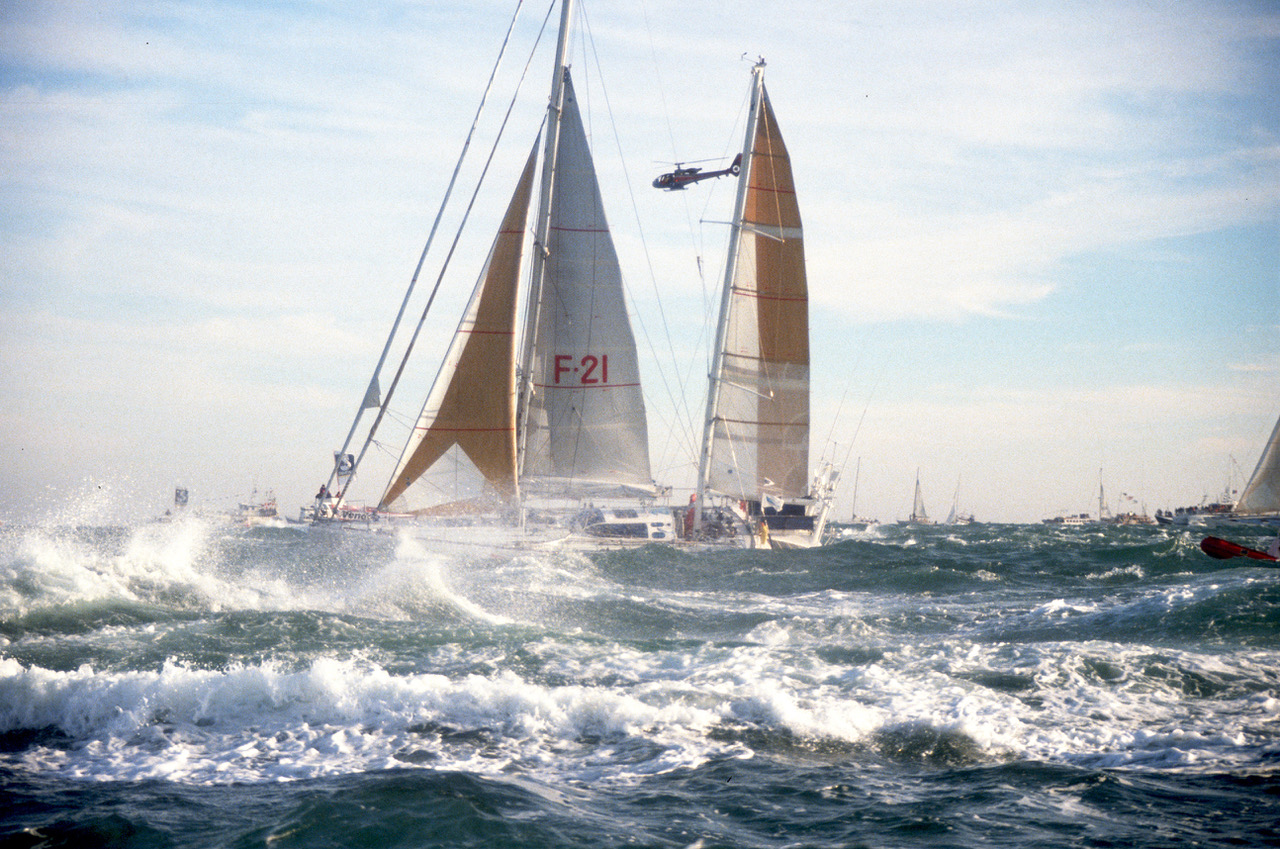 If you want to drive to Les Sables, there are better places to start from than Hamburg. That said, the journey can be done in fourteen motorway hours these days provided Paris is passed at night (hit the Péripherique at the wrong time and you get a real insight into what awaits in the Pot-au-Noir). When I made the trip 30 years ago, before Europe’s roads had been fully modernised and before TomTom had arrived to light my way, I once spent a whole two days threading a labyrinthine course through to the French Atlantic coast. Paper map in lap, I swerved from adventure to adventure until the name of (what would later become) the great French sailing Mecca finally appeared on the signs.
If you want to drive to Les Sables, there are better places to start from than Hamburg. That said, the journey can be done in fourteen motorway hours these days provided Paris is passed at night (hit the Péripherique at the wrong time and you get a real insight into what awaits in the Pot-au-Noir). When I made the trip 30 years ago, before Europe’s roads had been fully modernised and before TomTom had arrived to light my way, I once spent a whole two days threading a labyrinthine course through to the French Atlantic coast. Paper map in lap, I swerved from adventure to adventure until the name of (what would later become) the great French sailing Mecca finally appeared on the signs. 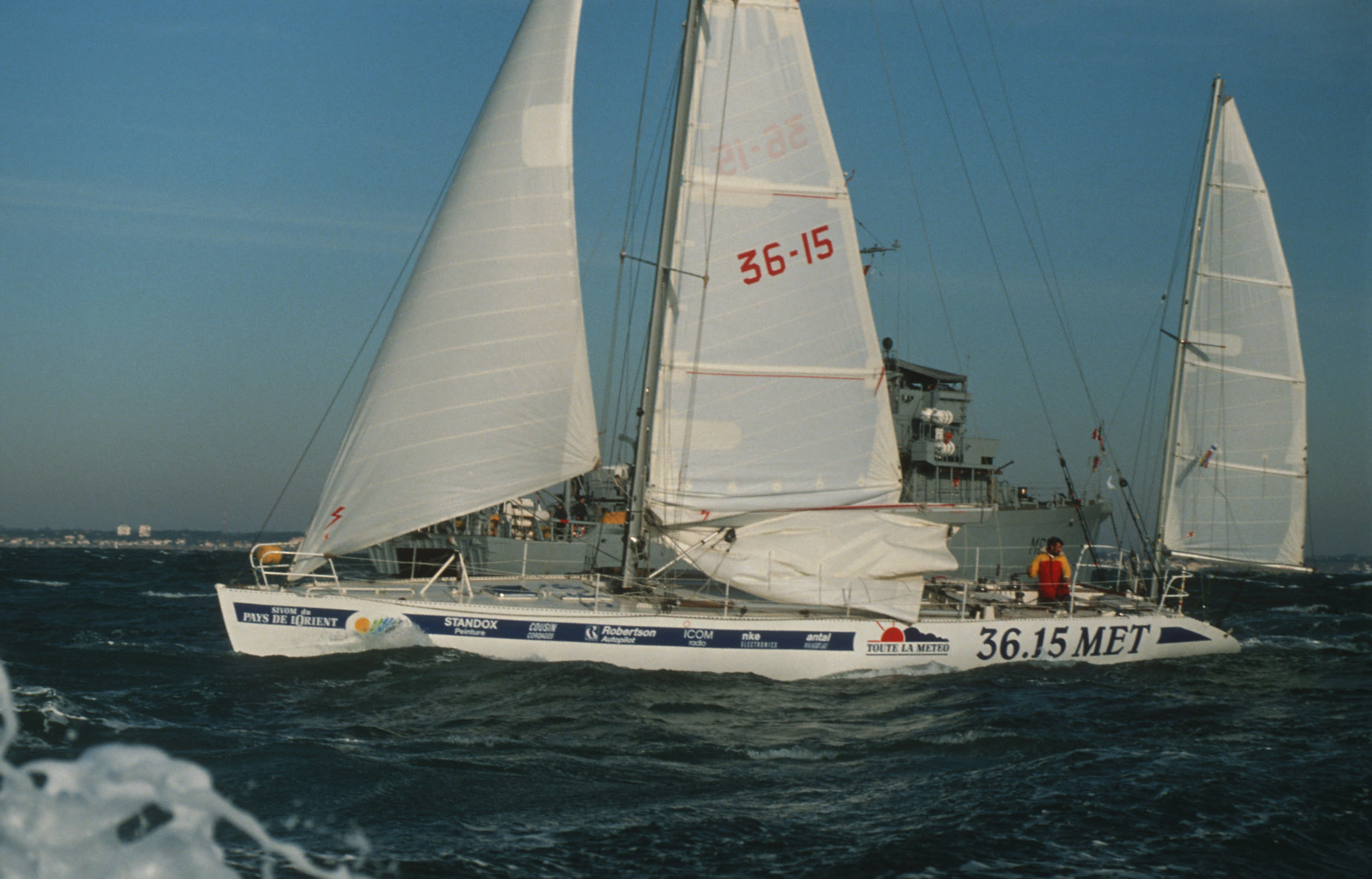 Inspired by my Hungarian friend Nandor Fa, I headed to Les Sables that year to investigate for myself whether there might be any opportunities for Windpilot among the fleet. Nandor had piqued my interest, I was curious about the event in any case and it was November, so a change of scene and something to do were most welcome.
Inspired by my Hungarian friend Nandor Fa, I headed to Les Sables that year to investigate for myself whether there might be any opportunities for Windpilot among the fleet. Nandor had piqued my interest, I was curious about the event in any case and it was November, so a change of scene and something to do were most welcome.
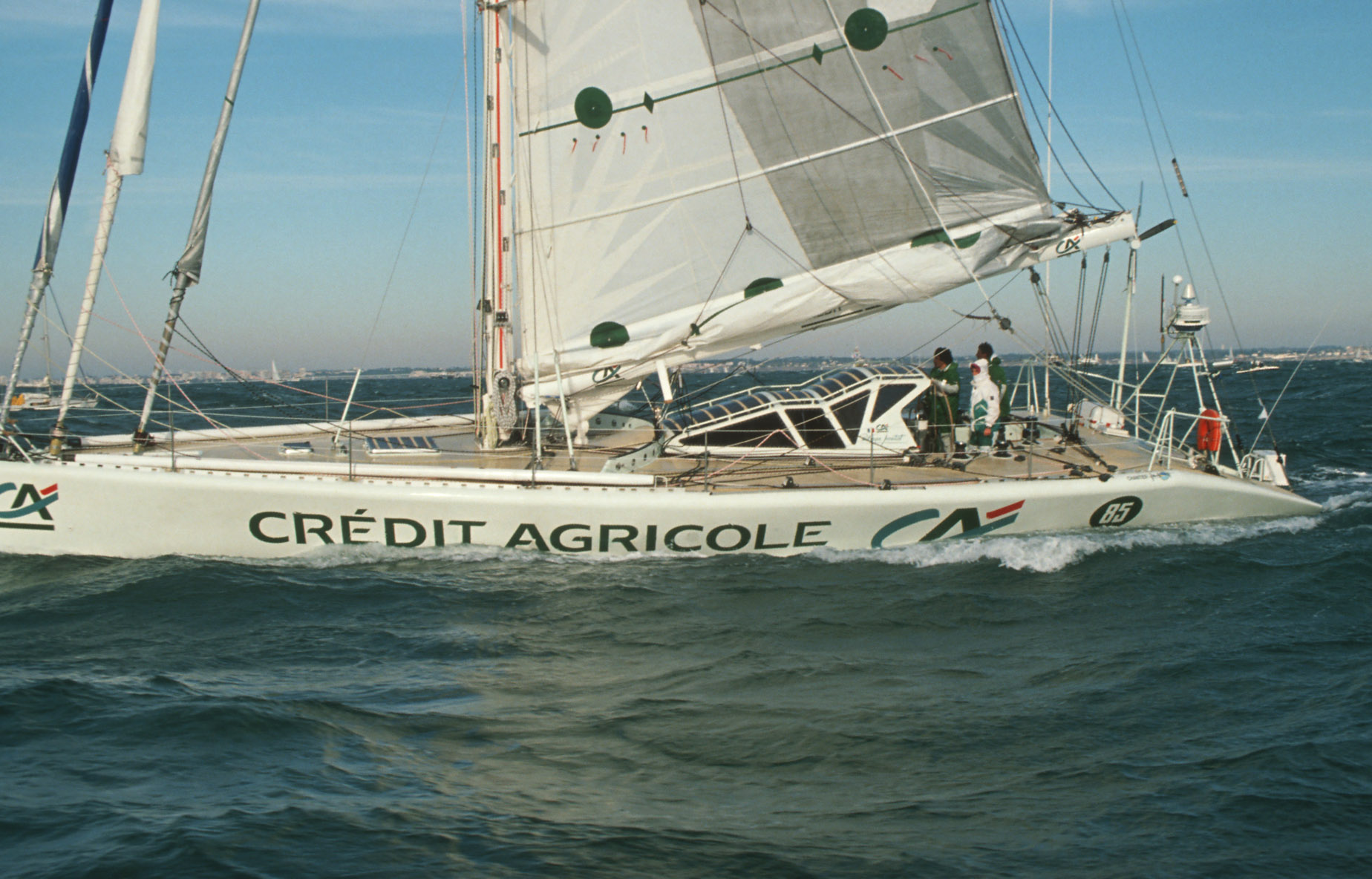 Arriving in Les Sables, I discovered it was November there too – low grey skies, a freezing wind and horizontal rain – so I decided to start by finding a hotel. Not so fast! Every hotel and guest house I tried gave me the same answer: “complet”, fully booked, no room at the inn. Having searched for hours in vain I coasted quietly into a dark parking space by the beach and, thoroughly exhausted, fell asleep to the gentle humming of the engine. With morning and first light came another surprise: it turned out the whole area was thronged with cars doubling as bedrooms. The sight of so many people roughing it at such a cold time of year told me money was tight, as did the state of the French vehicles (I was driving a French vehicle too as it happens – the GRP Espace produced by aircraft manufacturer Matra – but it was in pretty good shape at the time and, being plastic, entirely rust-free. A German in a French car – formidable!
Arriving in Les Sables, I discovered it was November there too – low grey skies, a freezing wind and horizontal rain – so I decided to start by finding a hotel. Not so fast! Every hotel and guest house I tried gave me the same answer: “complet”, fully booked, no room at the inn. Having searched for hours in vain I coasted quietly into a dark parking space by the beach and, thoroughly exhausted, fell asleep to the gentle humming of the engine. With morning and first light came another surprise: it turned out the whole area was thronged with cars doubling as bedrooms. The sight of so many people roughing it at such a cold time of year told me money was tight, as did the state of the French vehicles (I was driving a French vehicle too as it happens – the GRP Espace produced by aircraft manufacturer Matra – but it was in pretty good shape at the time and, being plastic, entirely rust-free. A German in a French car – formidable!
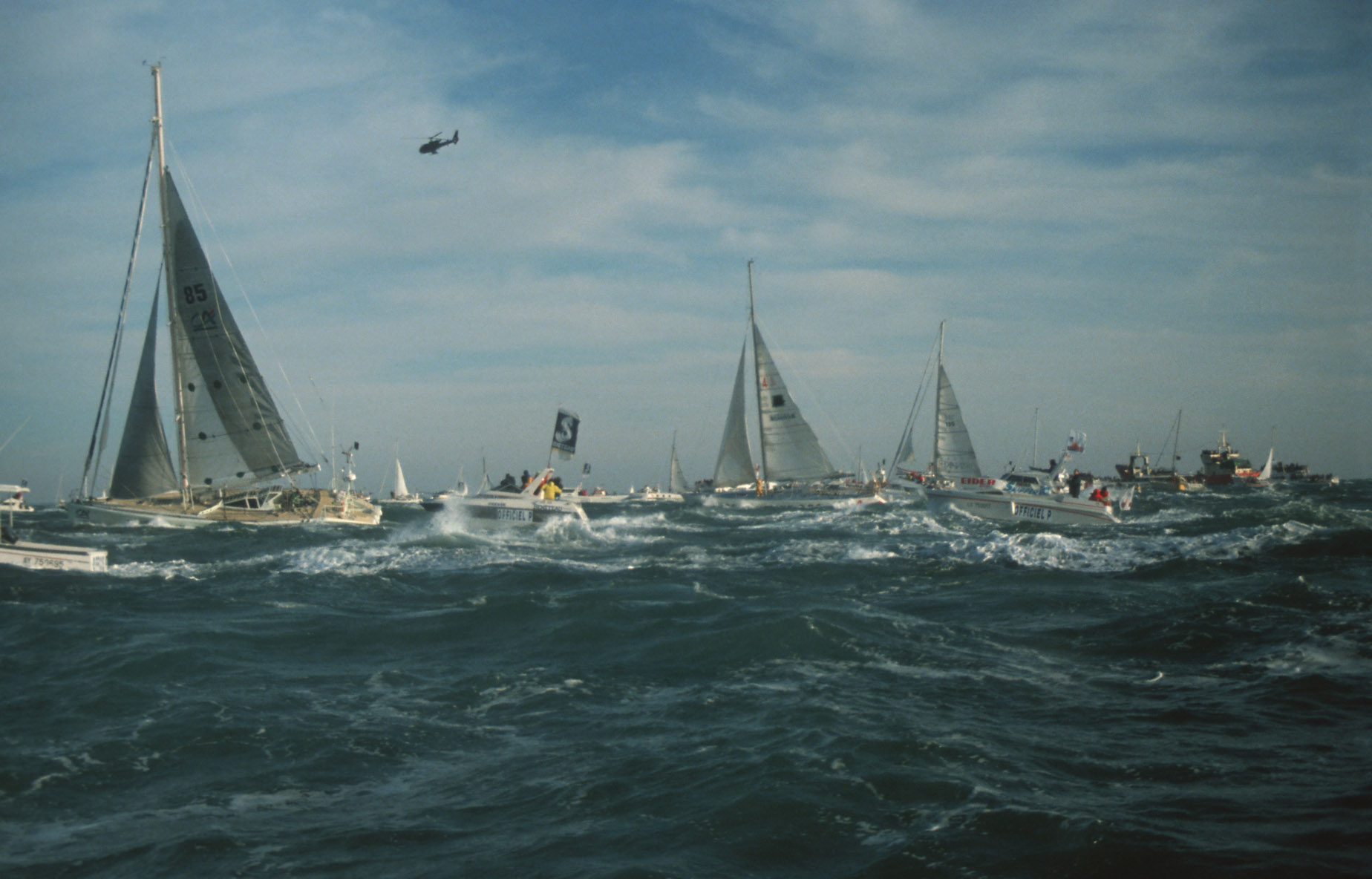 Excitement filled the air in the days leading up to the start as the 18 star athletes and their flying machines (all still relatively narrow in the beam at that time and sporting none of the wacky appendages – above and below the waterline – that we more or less take for granted today) made their final preparations ready to be towed out to the line and launched into the Bay of Biscay. The spectator boats turned out in their hundreds on race day, churning the sea to a mass of seething foam. A whole flotilla of bouncing press boats appeared too, transporting all the reporters whose budget had not stretched to a spot aboard one of the helicopters buzzing overhead. It was sailing, but not as I knew it…
Excitement filled the air in the days leading up to the start as the 18 star athletes and their flying machines (all still relatively narrow in the beam at that time and sporting none of the wacky appendages – above and below the waterline – that we more or less take for granted today) made their final preparations ready to be towed out to the line and launched into the Bay of Biscay. The spectator boats turned out in their hundreds on race day, churning the sea to a mass of seething foam. A whole flotilla of bouncing press boats appeared too, transporting all the reporters whose budget had not stretched to a spot aboard one of the helicopters buzzing overhead. It was sailing, but not as I knew it…
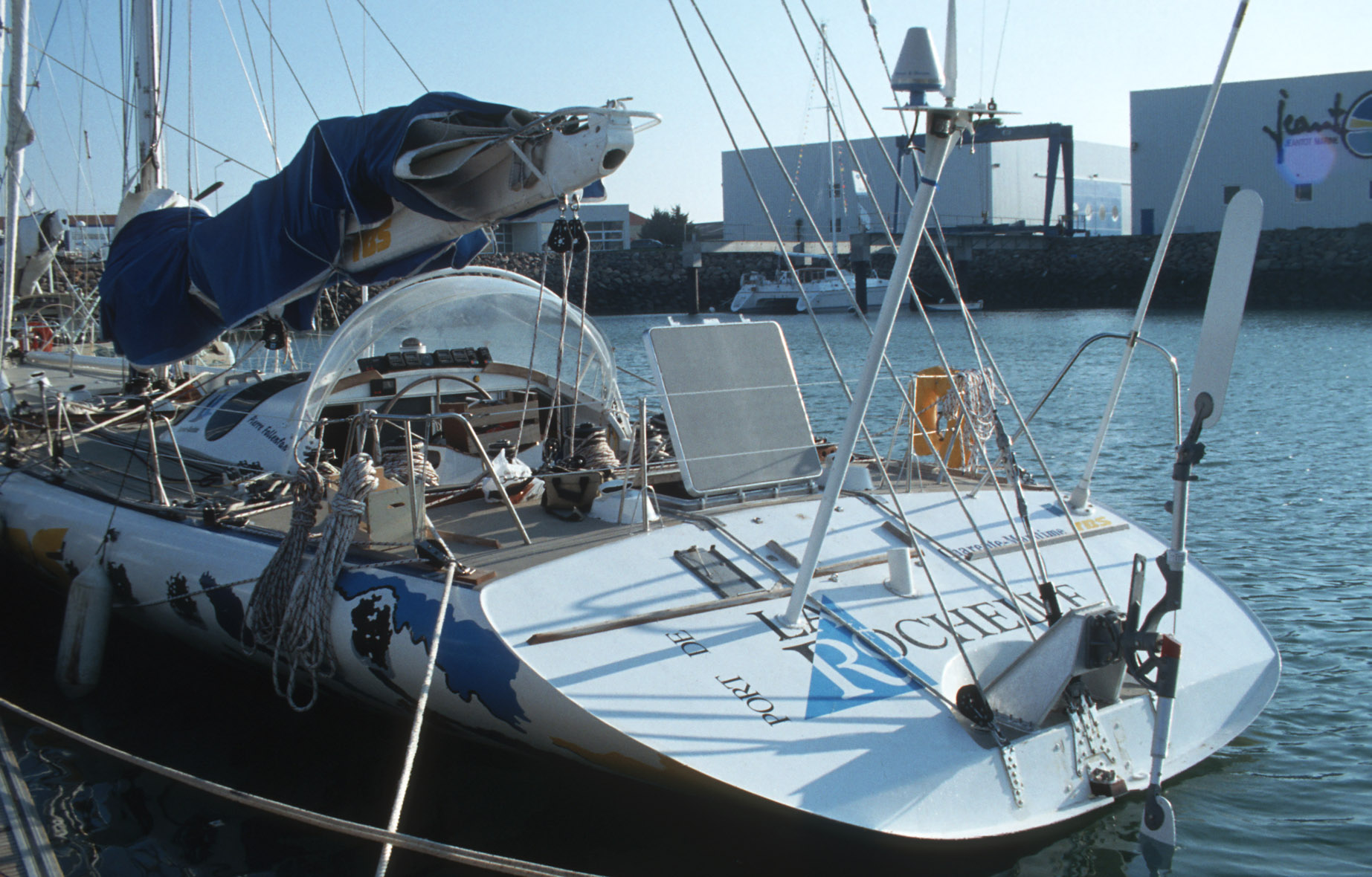 One hundred and nine days later, Titouan Lamazou and his boat Écureuil d’Aquitaine II were back in Les Sables. Patrice Carpentier, whose Le Nouvel Observateur had one of my transom ornaments installed, retired from the race along with six other solo sailing heroes. My agreement with Patrice stated that the Windpilot could only be used when wind and speed were steady but I spent the whole of Patrice’s race on tenterhooks anyway because I had quickly realised a windvane self-steering system hadn’t a hope of keeping one these sleds on course in gusty or shifty conditions. How, after all, can a poor windvane be expected to tell the difference between a boat moving slowly in light air and a boat fully powered up and sending it when the apparent wind angle is the same?
One hundred and nine days later, Titouan Lamazou and his boat Écureuil d’Aquitaine II were back in Les Sables. Patrice Carpentier, whose Le Nouvel Observateur had one of my transom ornaments installed, retired from the race along with six other solo sailing heroes. My agreement with Patrice stated that the Windpilot could only be used when wind and speed were steady but I spent the whole of Patrice’s race on tenterhooks anyway because I had quickly realised a windvane self-steering system hadn’t a hope of keeping one these sleds on course in gusty or shifty conditions. How, after all, can a poor windvane be expected to tell the difference between a boat moving slowly in light air and a boat fully powered up and sending it when the apparent wind angle is the same?
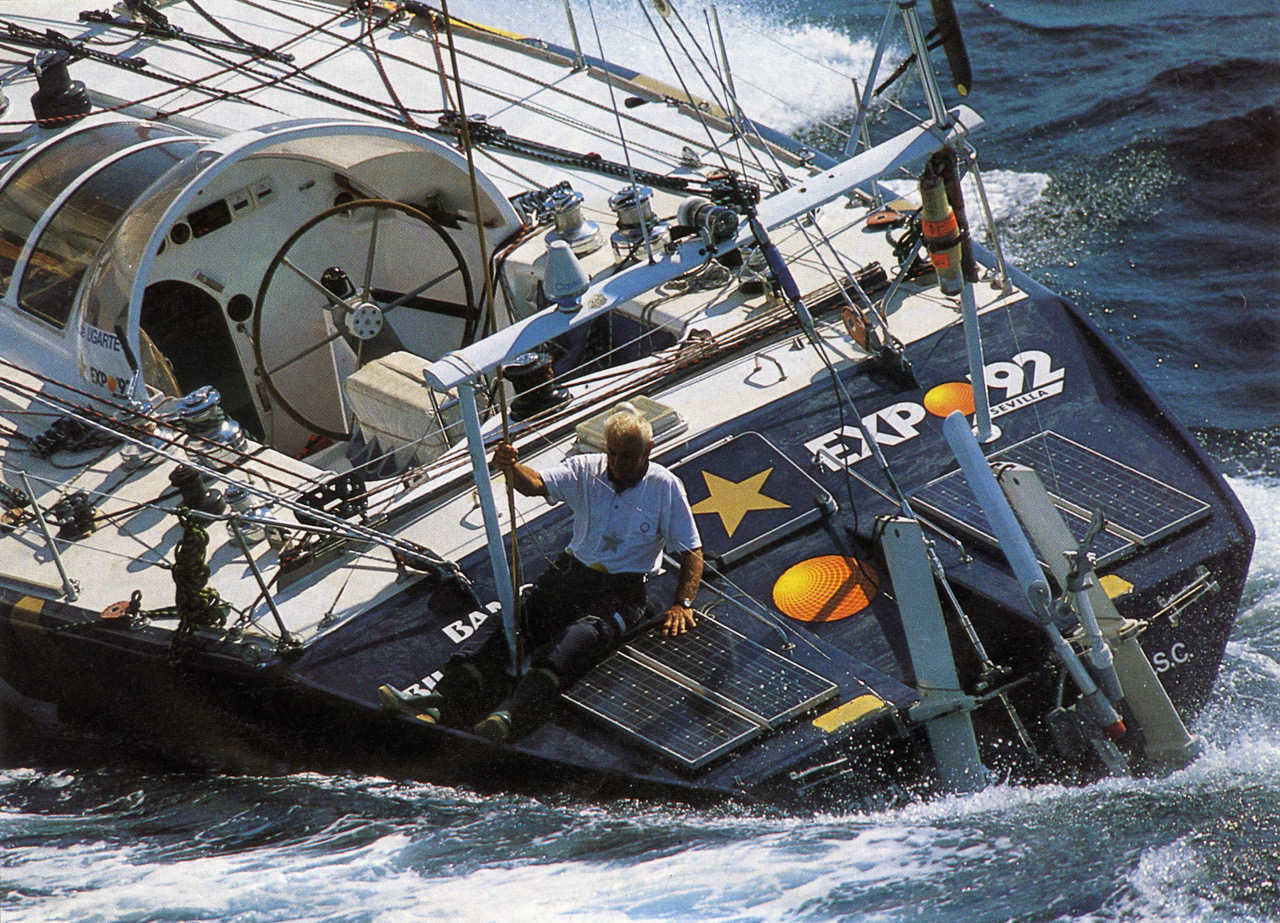 Had I known then what I know now, I would have left the Vendée well alone after that, but in my ignorance I had already given Nandor Fa and Jose Ugarte my word that I would equip both their boats for the next edition. I subsequently met up with Nandor on the island of Krk for some sailing on the Adriatic. We had a few other adventures together too as he visited Hamburg and I made my way to Székesfehérvár in Hungary to supply materials for the canting keel mechanism that could not be obtained in Hungary. I also tracked down proud Basque Jose Ugarte in Bilbao to provide hands-on support on the boat. I did this out of comradeship and because I had given my word: support in exchange for experience, which seemed like a fair deal at the time (but wouldn’t suit me so much today).
Had I known then what I know now, I would have left the Vendée well alone after that, but in my ignorance I had already given Nandor Fa and Jose Ugarte my word that I would equip both their boats for the next edition. I subsequently met up with Nandor on the island of Krk for some sailing on the Adriatic. We had a few other adventures together too as he visited Hamburg and I made my way to Székesfehérvár in Hungary to supply materials for the canting keel mechanism that could not be obtained in Hungary. I also tracked down proud Basque Jose Ugarte in Bilbao to provide hands-on support on the boat. I did this out of comradeship and because I had given my word: support in exchange for experience, which seemed like a fair deal at the time (but wouldn’t suit me so much today).
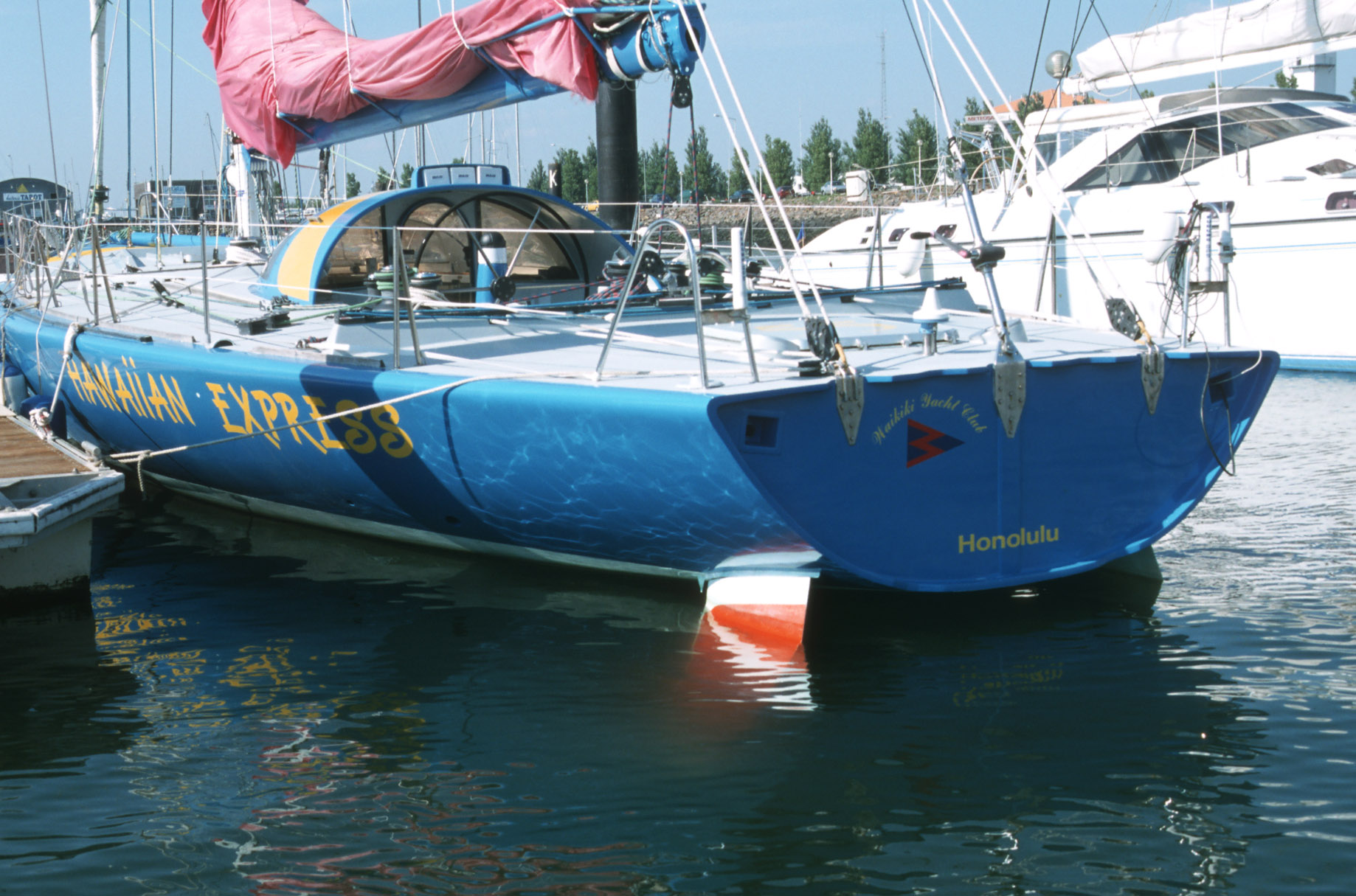 Thanks to the professionalism of the three skippers, both they and I emerged unscathed. We agreed very quickly that a mechanical windvane self-steering system would never be able to steer a boat of this type reliably. No masts were lost, at least, so my conscience remains clear. One thing I noticed was that almost all the boats carried a large stock of spare autopilots. I recall that Raymarine (at that time still using the Autohelm brand) designed its “GP Series”, which was presumably intended for the most hardcore events, with drive components made from brass rather than the usual plastic – in an effort to make them withstand the tough conditions slightly longer, perhaps? Various sources reported that the race wiped out autopilot after autopilot after autopilot and that if at least one system reached the finished in a usable state, that was considered a success. The Vendée soon came to be recognised as the ultimate proving ground for suppliers willing and able to entertain the requirements and the risks.
Thanks to the professionalism of the three skippers, both they and I emerged unscathed. We agreed very quickly that a mechanical windvane self-steering system would never be able to steer a boat of this type reliably. No masts were lost, at least, so my conscience remains clear. One thing I noticed was that almost all the boats carried a large stock of spare autopilots. I recall that Raymarine (at that time still using the Autohelm brand) designed its “GP Series”, which was presumably intended for the most hardcore events, with drive components made from brass rather than the usual plastic – in an effort to make them withstand the tough conditions slightly longer, perhaps? Various sources reported that the race wiped out autopilot after autopilot after autopilot and that if at least one system reached the finished in a usable state, that was considered a success. The Vendée soon came to be recognised as the ultimate proving ground for suppliers willing and able to entertain the requirements and the risks.
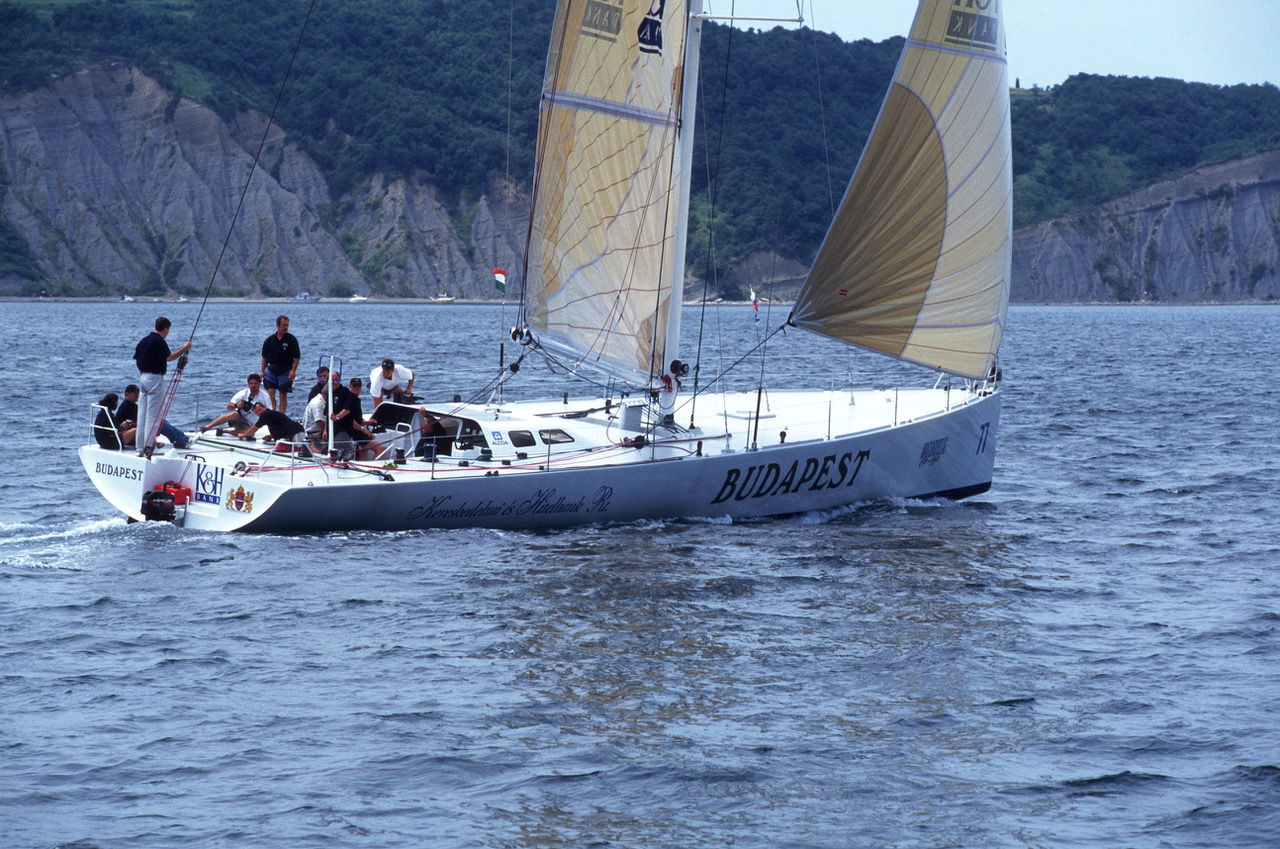 My excursions to Les Sables were highly instructive in any case because they allowed me to discover the practical limits of my mechanical steering slaves. I explain the lessons learned in the process in my books from 1996, 1998 and 2004. Windvane self-steering relies on physics, not magic.
My excursions to Les Sables were highly instructive in any case because they allowed me to discover the practical limits of my mechanical steering slaves. I explain the lessons learned in the process in my books from 1996, 1998 and 2004. Windvane self-steering relies on physics, not magic.
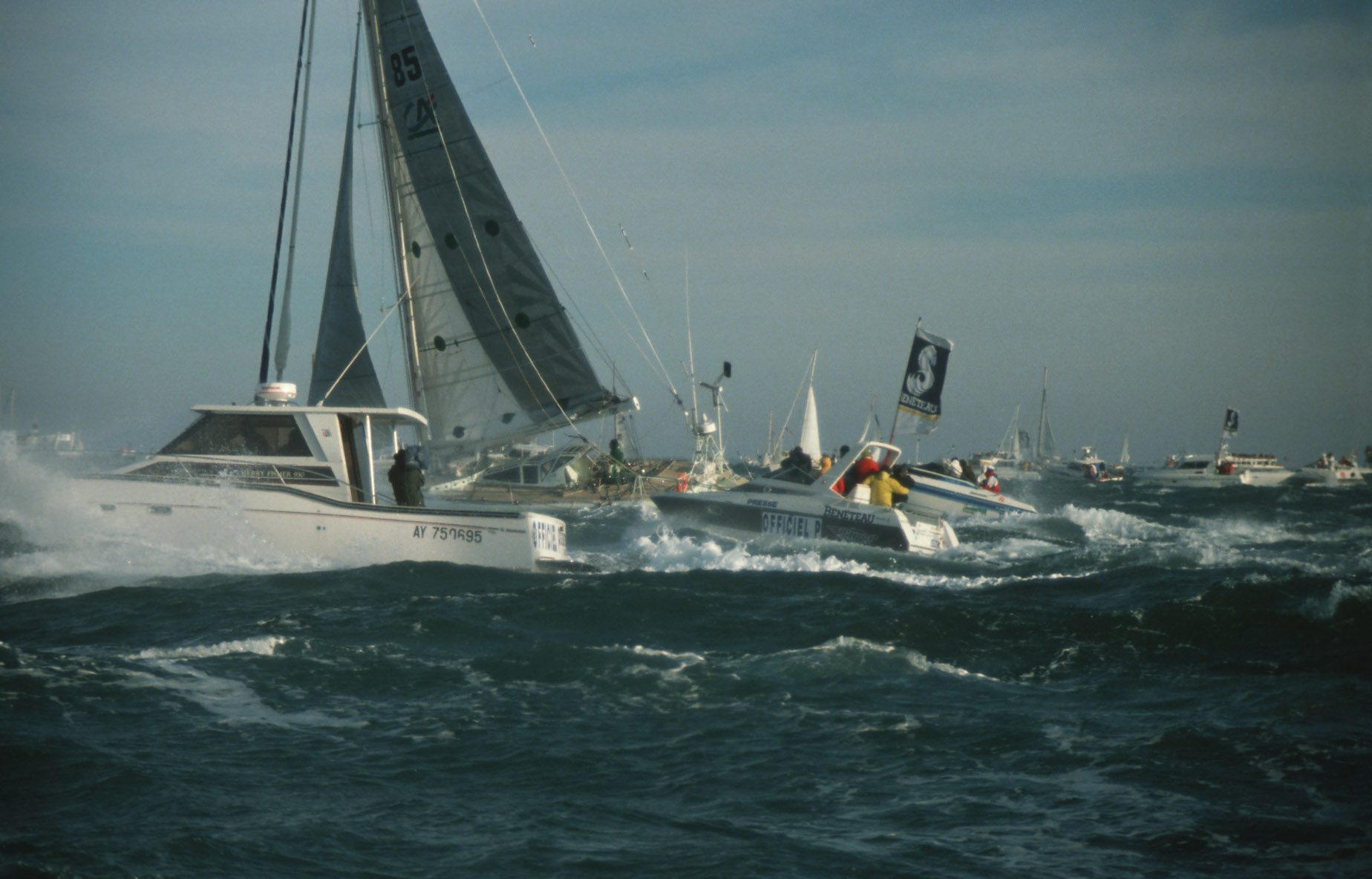 There is an inevitable temptation to contrast the professionalism of the Vendée skippers with what I experienced during the 2018 Golden Globe Race, where some less than entirely professional approaches were compounded by the contribution of a race organiser with an axe to grind. The details are on the record:
There is an inevitable temptation to contrast the professionalism of the Vendée skippers with what I experienced during the 2018 Golden Globe Race, where some less than entirely professional approaches were compounded by the contribution of a race organiser with an axe to grind. The details are on the record:
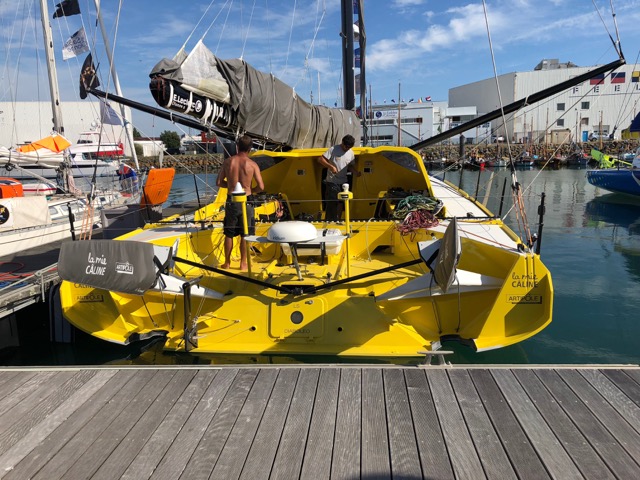 I still follow developments on the IMOCA front closely and am hugely impressed by the creative technical avenues explored by the designers in pursuit of ever greater speed. The boats inspire awe and trepidation in equal measure! The need for speed stems in part from the pressure that comes with the event’s mighty sponsorship budgets: the numbers add up only while the world is watching, so a steady stream of thrills and spills is essential to keep the tame media pack hooked. Sponsors need to see their brand reaching as broad a cross-section of the public as possible – and the granularity of modern media analysis techniques gives them the ability to discover exactly which target groups they are reaching. Kim Kardashian says “Hi, buy this”. Whoops, wrong target group… The only thing that matters is capturing the gaze for long enough to feed the message through to the brain and trigger the consumer to do what all good consumers are meant to do: buy, buy, buy – be it construction materials, insurance, cars, clothing, food and drink or online services. The potential gains from basking in the reflected glory of a great name must be most enticing, especially as every euro in sponsorship can be claimed as operating expenditure.
I still follow developments on the IMOCA front closely and am hugely impressed by the creative technical avenues explored by the designers in pursuit of ever greater speed. The boats inspire awe and trepidation in equal measure! The need for speed stems in part from the pressure that comes with the event’s mighty sponsorship budgets: the numbers add up only while the world is watching, so a steady stream of thrills and spills is essential to keep the tame media pack hooked. Sponsors need to see their brand reaching as broad a cross-section of the public as possible – and the granularity of modern media analysis techniques gives them the ability to discover exactly which target groups they are reaching. Kim Kardashian says “Hi, buy this”. Whoops, wrong target group… The only thing that matters is capturing the gaze for long enough to feed the message through to the brain and trigger the consumer to do what all good consumers are meant to do: buy, buy, buy – be it construction materials, insurance, cars, clothing, food and drink or online services. The potential gains from basking in the reflected glory of a great name must be most enticing, especially as every euro in sponsorship can be claimed as operating expenditure.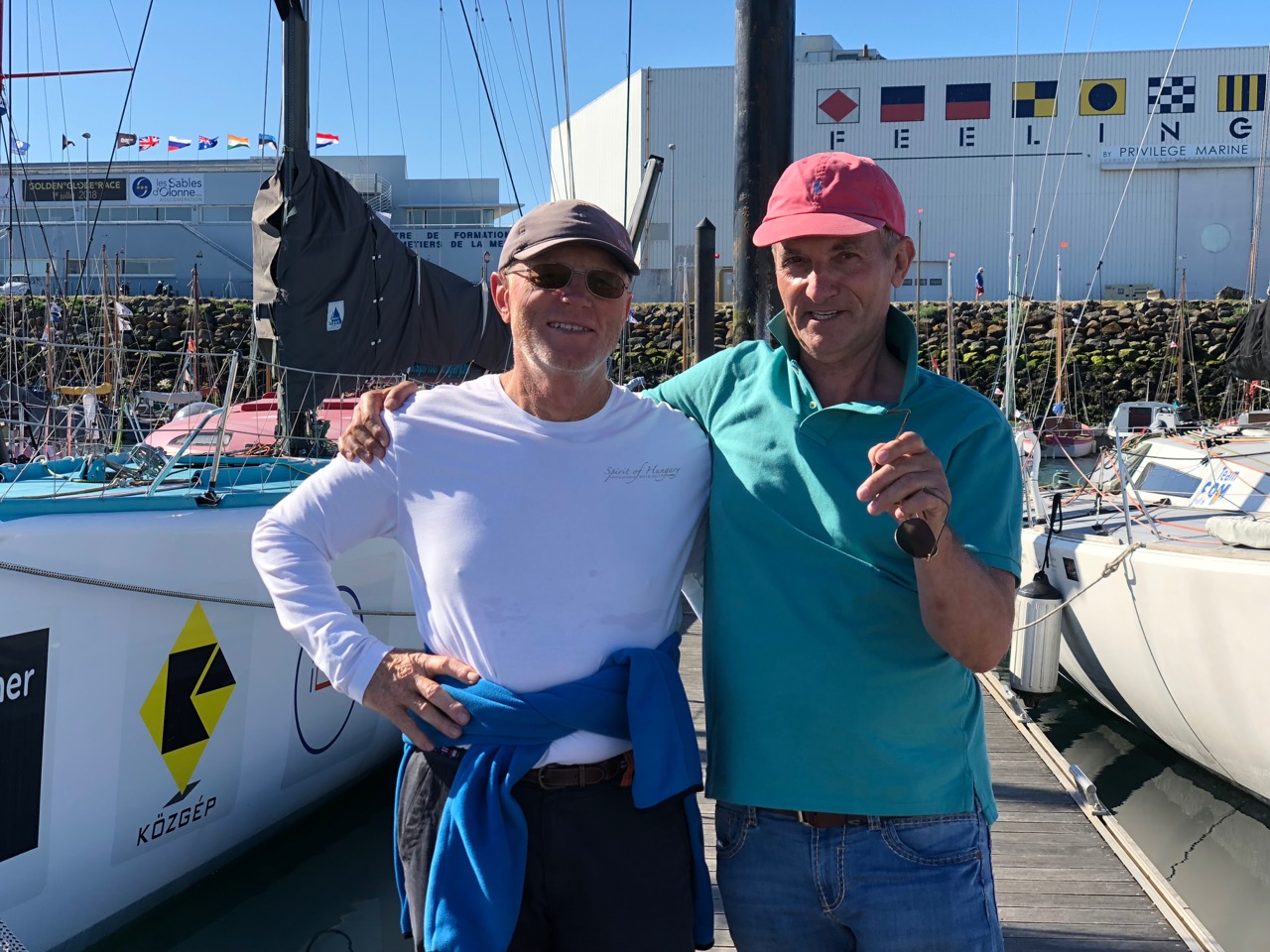 Really the race lasts too long from a marketing point of view: the time it takes to sail around the world, even on foils, is too long to hold the public’s full attention without regular stories of gear failure, collisions, retirements and sinkings. The whole thing, I realised many years ago, really is a kind of “Roulette Francaise” – and that was before the present pandemic introduced another layer of random uncontrollable elements into life. The current generation of sponsors have even more to worry about, with bad news piling in from every quarter. Whether the existing strategies will even remain feasible against this backdrop I wouldn’t like to predict. It would not be surprising to find though that the French public, usually so enthralled by the race (the hundreds of thousands who typically make the pilgrimage to Les Sables in person are just the tip of the iceberg), has lost some of its enthusiasm in the face of travel restrictions, lockdowns and other more existential concerns and that could make a mess of the economics for sponsors who were hoping to see the shine from the achievements of their sponsored pilots rub off on their own brand.
Really the race lasts too long from a marketing point of view: the time it takes to sail around the world, even on foils, is too long to hold the public’s full attention without regular stories of gear failure, collisions, retirements and sinkings. The whole thing, I realised many years ago, really is a kind of “Roulette Francaise” – and that was before the present pandemic introduced another layer of random uncontrollable elements into life. The current generation of sponsors have even more to worry about, with bad news piling in from every quarter. Whether the existing strategies will even remain feasible against this backdrop I wouldn’t like to predict. It would not be surprising to find though that the French public, usually so enthralled by the race (the hundreds of thousands who typically make the pilgrimage to Les Sables in person are just the tip of the iceberg), has lost some of its enthusiasm in the face of travel restrictions, lockdowns and other more existential concerns and that could make a mess of the economics for sponsors who were hoping to see the shine from the achievements of their sponsored pilots rub off on their own brand.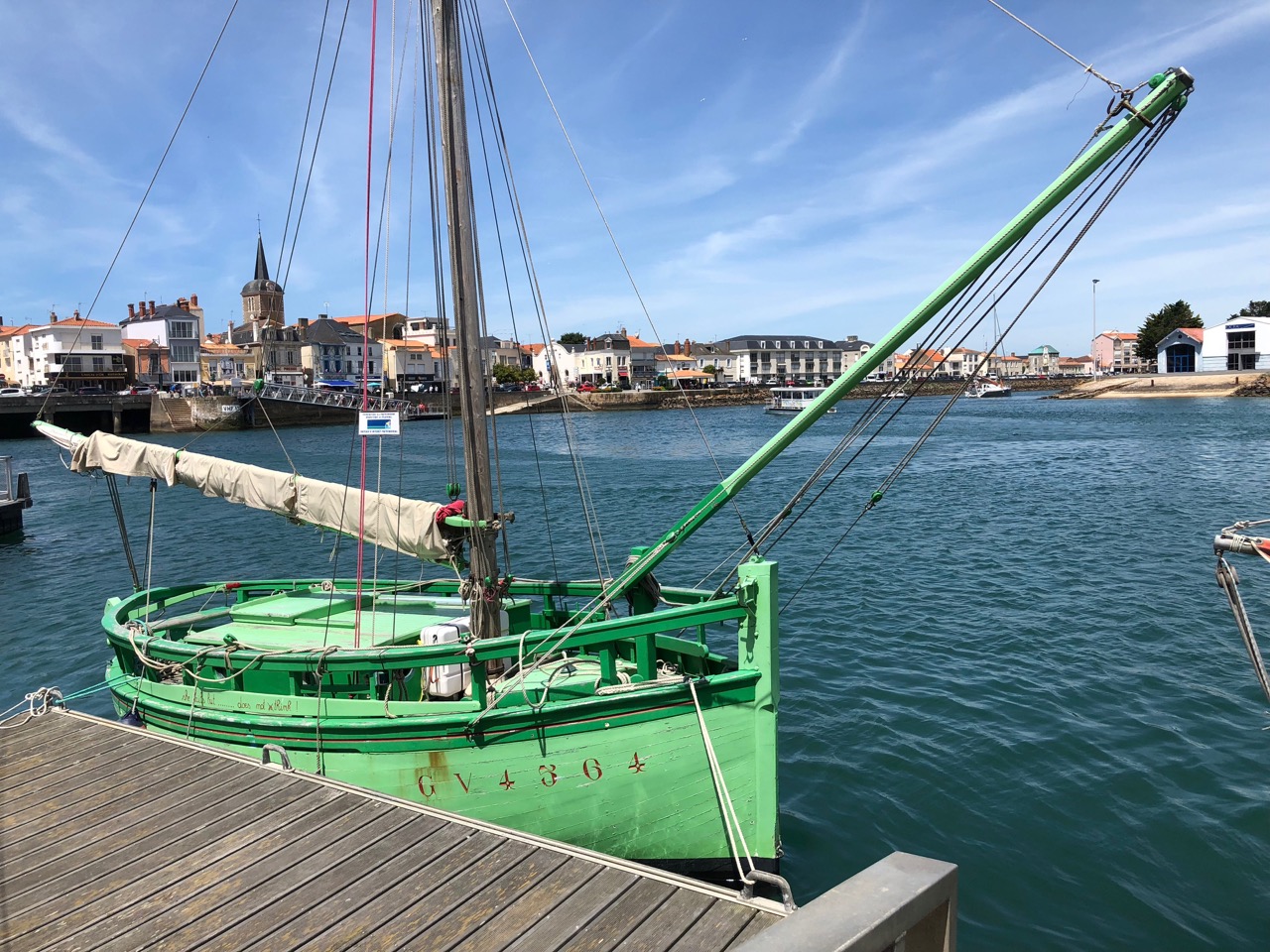 The Vendée thoroughly deserves its reputation as the toughest ocean race: almost continuous gear failure and breakages are par for the course, sinkings are by no means unheard of and sadly there have been fatalities too over the years. The story can though be told just as well from an entirely different angle, for example by focusing on the courage, passion and experiences of the sailors who make up the international field, delving into their shoreside story, reporting in detail about the amazing technical developments on display and speculating about what other tricks the teams might have up their sleeve to make this year’s iteration of the race boat even faster than last years. Boats can be expected to start turning up in Les Sables again about 70-80 days after the start, although that does assume they meet with the traditional succession of howling low pressure systems in the Southern Ocean. Too much calm weather can seriously upset the timing, of course, as can collisions with UFOs and unfortunate whales that have chosen the wrong place for a snooze 2017 Kito de Pavantfound out in 2017), neither of which the skipper can do anything about.
The Vendée thoroughly deserves its reputation as the toughest ocean race: almost continuous gear failure and breakages are par for the course, sinkings are by no means unheard of and sadly there have been fatalities too over the years. The story can though be told just as well from an entirely different angle, for example by focusing on the courage, passion and experiences of the sailors who make up the international field, delving into their shoreside story, reporting in detail about the amazing technical developments on display and speculating about what other tricks the teams might have up their sleeve to make this year’s iteration of the race boat even faster than last years. Boats can be expected to start turning up in Les Sables again about 70-80 days after the start, although that does assume they meet with the traditional succession of howling low pressure systems in the Southern Ocean. Too much calm weather can seriously upset the timing, of course, as can collisions with UFOs and unfortunate whales that have chosen the wrong place for a snooze 2017 Kito de Pavantfound out in 2017), neither of which the skipper can do anything about.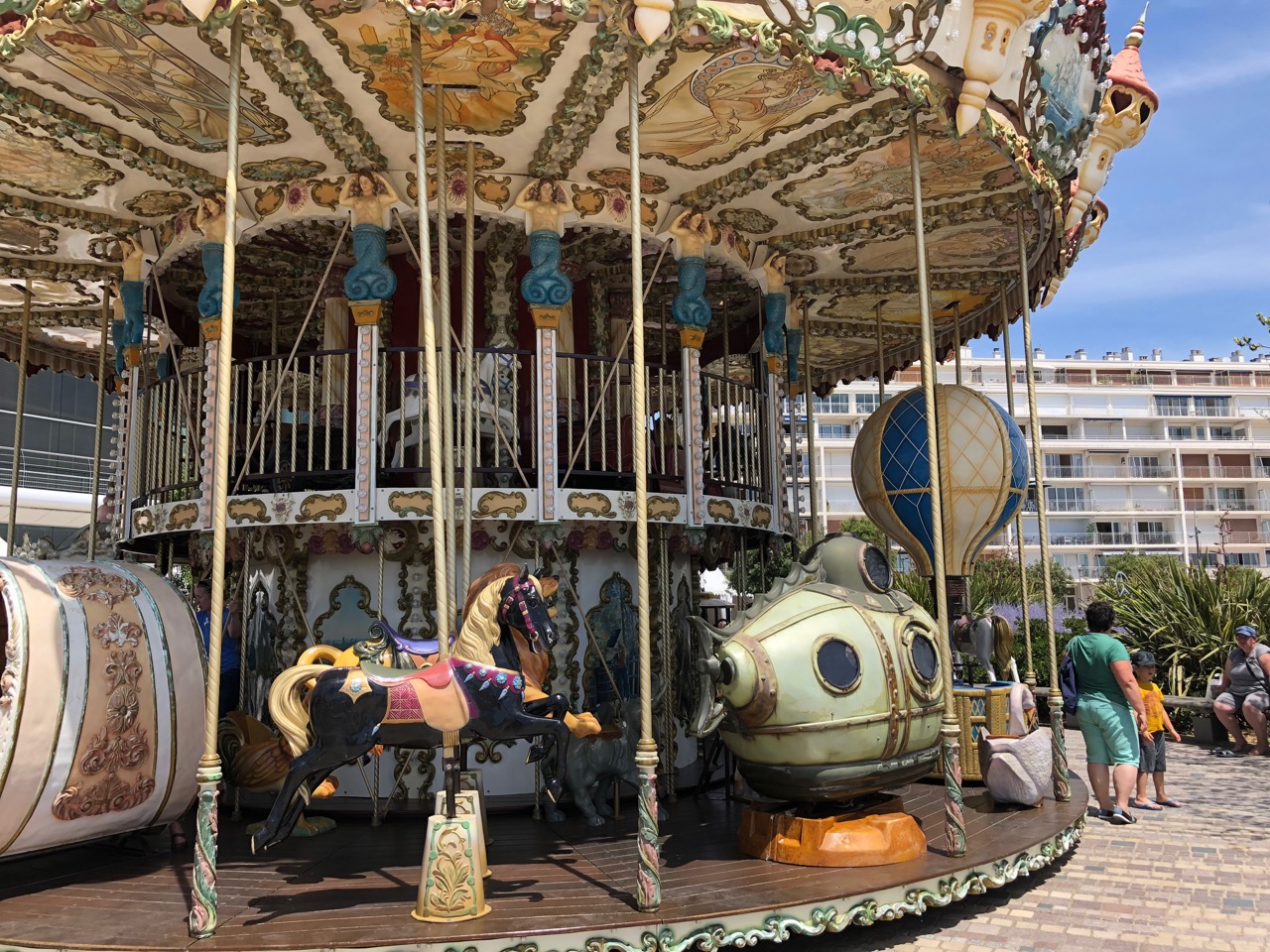 The general trend is for ever higher average speeds and ever lower winning times and the developments in design that make this possible seem likely to continue for as long as sponsors retain a powerful voice in the key decision-making forums. The firms that dream up the Vendée machines already have to wrangle computing power on a vast scale to calculate design parameters like material thickness and reinforcing with sufficient accuracy that nothing is any stronger or heavier than it needs to be (a breakage before the finish line is a disaster, a breakage just after the finish line demonstrates a job well done). Hull thicknesses above the waterline have dropped to as little as 2 mm and minimalist carbon honeycomb reinforcements – as showcased by Alex Thomson in his mid-race repair films – are commonplace. The spectacular loss of Kevin Escoffier’s PRB, which broke up and sank in the space of just a few minutes, suggests that the limit might perhaps have been reached in this particular aspect. Hydraulic keel pivoting systems, outlandish foil configurations and a level of operating complexity that means basic sailing manoeuvres can take an hour or more suggest, in fact, that we might have already crossed beyond the limit. And who drives these beasts? Sailor-navigators with an aptitude for climbing and gymnastics who are able to function on the barest minimum of sleep and a diet of space food spooned out of pouches as and when the opportunity arises. The Vendée pushes the human limits as well as the technical!
The general trend is for ever higher average speeds and ever lower winning times and the developments in design that make this possible seem likely to continue for as long as sponsors retain a powerful voice in the key decision-making forums. The firms that dream up the Vendée machines already have to wrangle computing power on a vast scale to calculate design parameters like material thickness and reinforcing with sufficient accuracy that nothing is any stronger or heavier than it needs to be (a breakage before the finish line is a disaster, a breakage just after the finish line demonstrates a job well done). Hull thicknesses above the waterline have dropped to as little as 2 mm and minimalist carbon honeycomb reinforcements – as showcased by Alex Thomson in his mid-race repair films – are commonplace. The spectacular loss of Kevin Escoffier’s PRB, which broke up and sank in the space of just a few minutes, suggests that the limit might perhaps have been reached in this particular aspect. Hydraulic keel pivoting systems, outlandish foil configurations and a level of operating complexity that means basic sailing manoeuvres can take an hour or more suggest, in fact, that we might have already crossed beyond the limit. And who drives these beasts? Sailor-navigators with an aptitude for climbing and gymnastics who are able to function on the barest minimum of sleep and a diet of space food spooned out of pouches as and when the opportunity arises. The Vendée pushes the human limits as well as the technical!
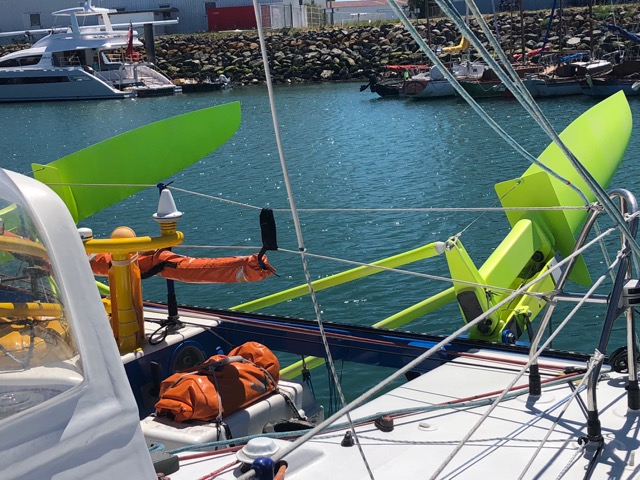 Recently there has been talk of trying variable depth rudders to see if they provide better control … and soundproof sleeping boxes for those brief moments when the skipper has a chance to rest.
Recently there has been talk of trying variable depth rudders to see if they provide better control … and soundproof sleeping boxes for those brief moments when the skipper has a chance to rest.
One thing the competitors don’t have to worry about for the time being is the pandemic. Compared to usual, Les Sables will be like a ghost town when they arrive back but for now they are as COVID-safe as can be. Will lockdown dampen the general public’s interest in the race as well as preventing the true fans from attending the finish in person? Time will tell, but the sponsors could face some difficult questions about future budgets if it does.
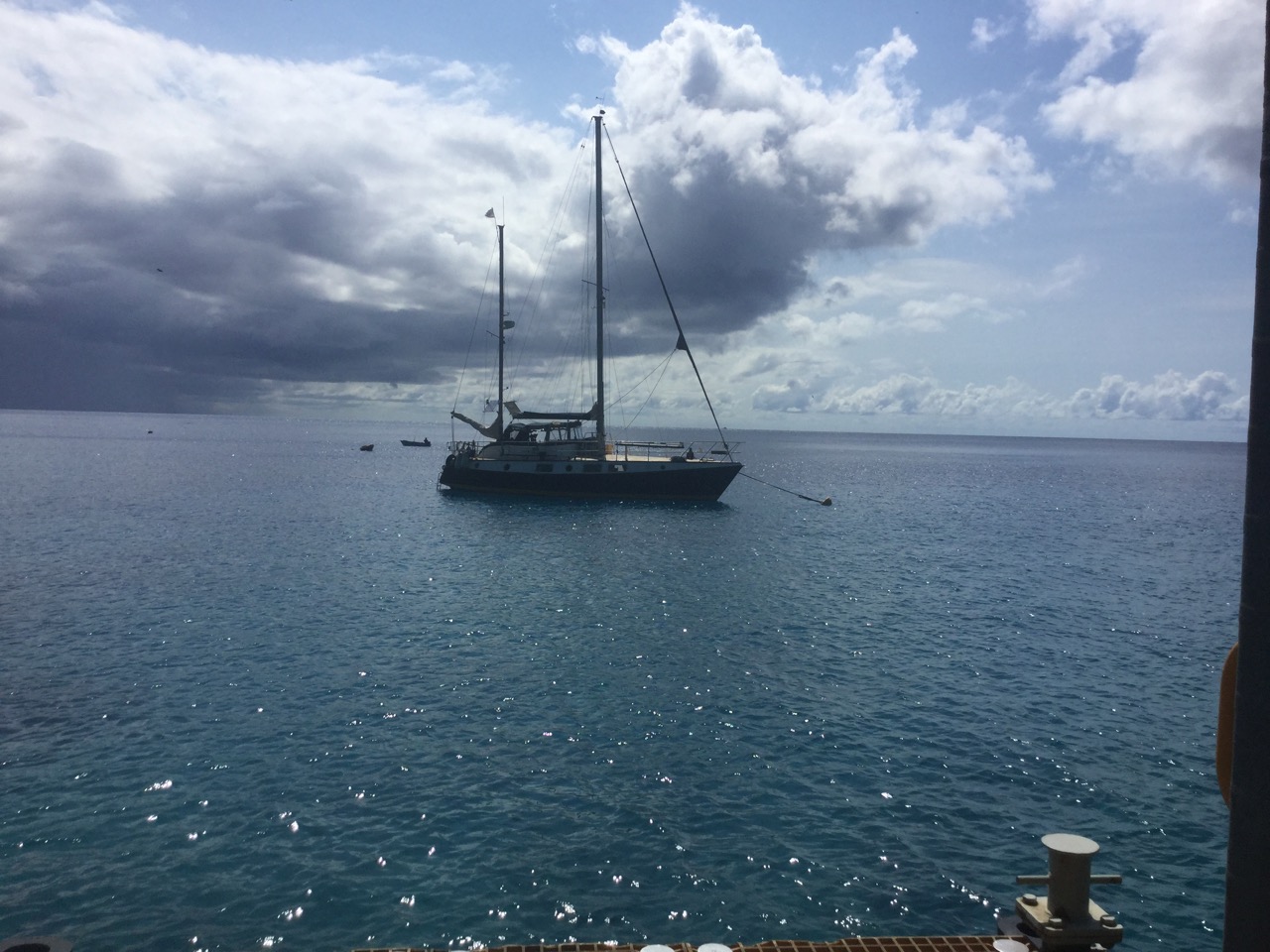 Any mention of Germany’s own Boris Herrmann immediately reminds me of one of the great unresolved questions of the current edition: what on earth persuaded this thoroughly decent young man to become involved in a high-stakes poker match like the Vendée Globe? While psychology is certainly not my field, I can’t help wondering whether he might be trying to overcome the childhood trauma caused by years of having to sail everywhere at a snail’s pace with his father Moritz.
Any mention of Germany’s own Boris Herrmann immediately reminds me of one of the great unresolved questions of the current edition: what on earth persuaded this thoroughly decent young man to become involved in a high-stakes poker match like the Vendée Globe? While psychology is certainly not my field, I can’t help wondering whether he might be trying to overcome the childhood trauma caused by years of having to sail everywhere at a snail’s pace with his father Moritz.
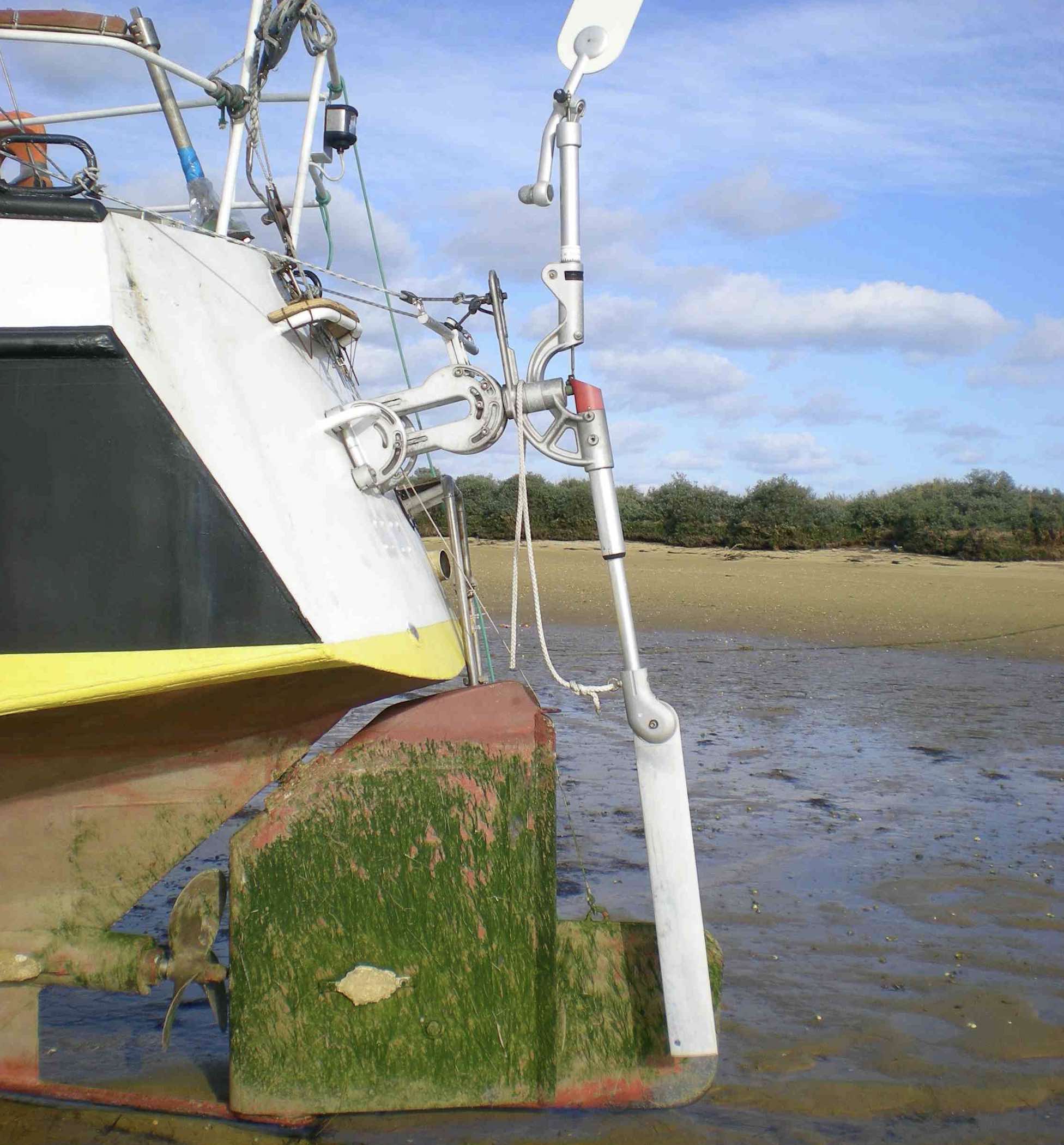 High speed has never been a risk factor for a Reinke Super Secura! Might that explain it all? Boris would at least have been familiar with idiosyncratic lifting rudders already …
High speed has never been a risk factor for a Reinke Super Secura! Might that explain it all? Boris would at least have been familiar with idiosyncratic lifting rudders already …
Speculates
Peter Foerthmann
12.01.2021

































